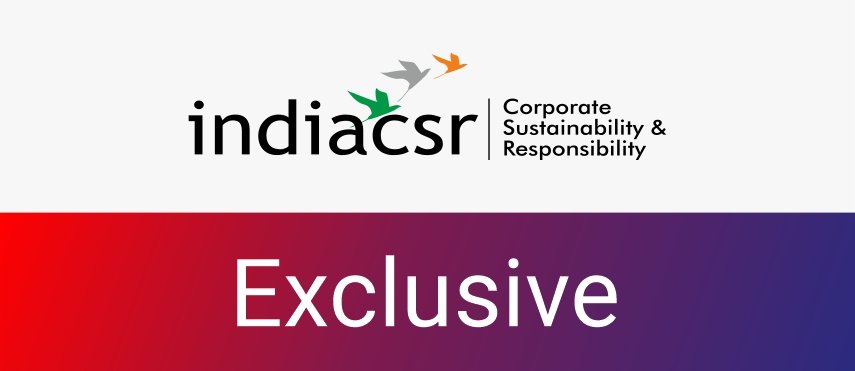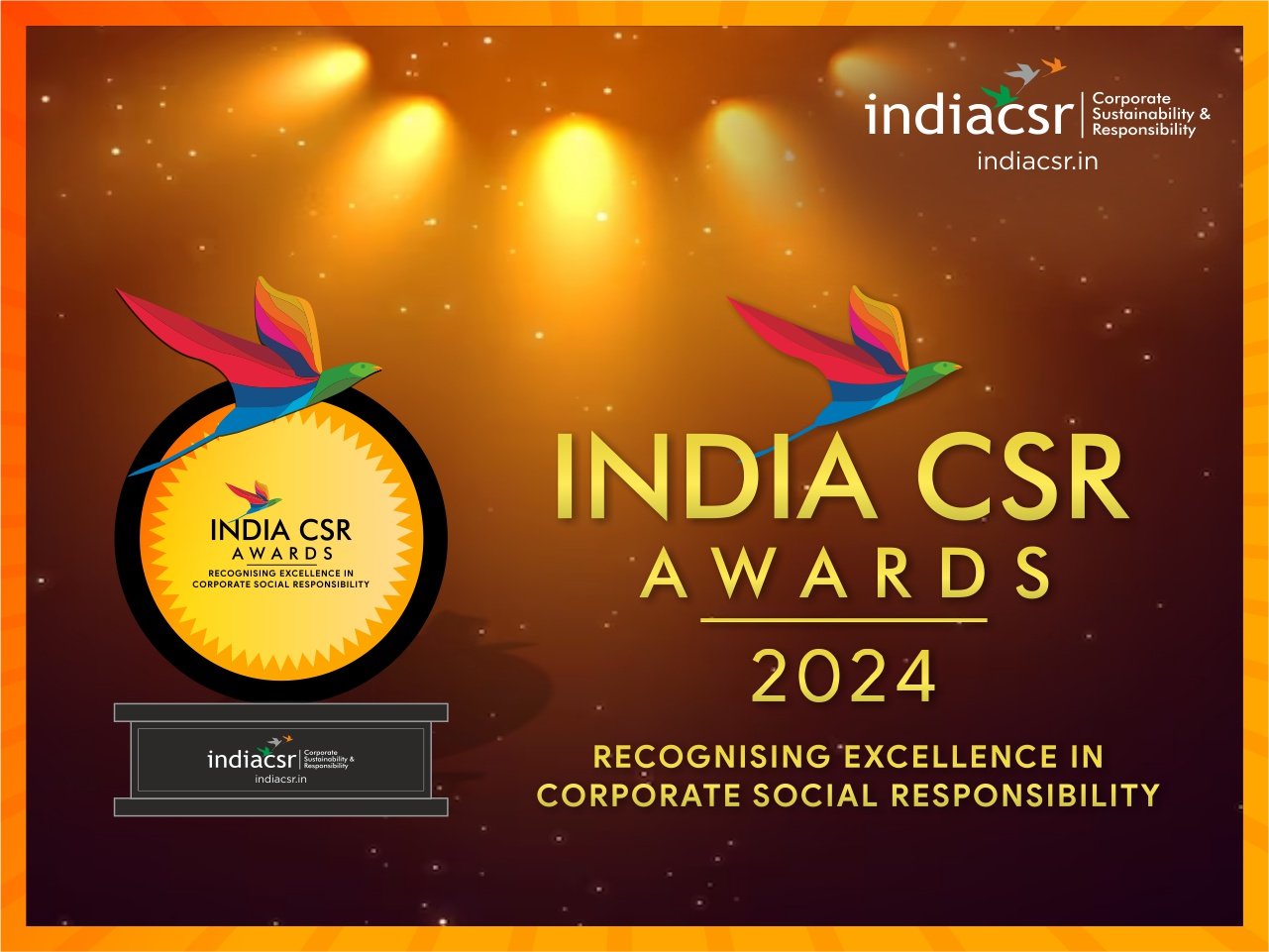The Income Tax Department introduced several tax benefits on education to promote education and literacy among the public. These benefits assist in decreasing the amount of your taxable income, hence lowering the amount of tax you must pay. The Indian government exempts tuition fees paid by individuals for the education of their children from taxation. Furthermore, for certain salaried individuals, paying their children’s education fees may be a component of their pay structure.
Parents are facing a major financial strain as the expense of school continues to rise year after year. Fortunately, the Income Tax Act of 1961, enacted by the Indian government, contains features that make it easier for taxpayers. You would be eligible for tax benefits if your company gives you a children’s education allowance as part of your salary structure for the payment of your children’s education or tuition fees.
You could also claim a tax deduction for your child’s tuition fees under Section 80C of the Income Tax Act of 1961. Fees paid for your children’s education can be claimed as deductions under two different parts of the Income Tax Act – Section 80C Tax Deduction and Section 10 Tax Exemption (14).
Section 80C Tax Deduction
You could also claim a tax deduction for the college tuition portion of the payment made toward your child’s educational expenditures in the financial year for up to two children in addition to the children’s education allowance.
Tuition fees paid to a registered university, college, or school in India for the purpose of full-time education at the time of admission or at any subsequent time can be claimed as a tax deduction under section 80C. Both salaried and self-employed individuals can take advantage of the tuition fee tax reduction.
Section 10 Tax Exemption (14)
Tax exemptions are available to salaried employees working in India who get Children Education Allowance as part of their compensation package:
Children’s Education Stipend: An employer-provided fixed education allowance of up to Rs. 100 per month per kid, up to a maximum of two children, is tax-free.
Hostel Expenditure Allowance: Hostel expenses are tax-free, up to Rs.300 per month per child, up to a maximum of two children.
Educational expenses that are not eligible for a tax deduction
Capitation fees, contribution fees, development fees, fees paid to private coaching centers, dormitory expenditures, and other expenses that may be part of the children’s educational expenses are not eligible for a tax deduction. Institutions outside of India, whether or not associated with an Indian institution, are likewise ineligible for the tax benefit.
Because tuition fees paid for the education of only two children are eligible for a tax deduction, neither the third child nor the expenses incurred for the education of any other dependent family member, such as your partner, parents, or siblings, are eligible. Part-time courses are also not eligible for tax exemption on tuition expenses.
How can I claim a tax deduction for my child’s school expenses?
In order to claim the children’s education allowance, You must present the receipt produced by the corresponding institution during the financial year to the employer in order to get the children’s education allowance.
Before presenting the proof of investments at the conclusion of the financial year, the disclosure should also be made in Form 12BB. Self-employed people must claim the tax deduction under schedule VI-A by producing a receipt for the fees they have paid.
Children’s Eligibility Requirements
In the case of children enrolled in nursery programs, there is no minimum age requirement for CEA reimbursement. However, for physically challenged or specially-abled children receiving non-formal or vocational education, a minimum age of 5 (five) years is required. However, as of February 21, 2012, the 5-year-old minimum age requirement for impaired children has been eliminated.
As a result, there is no minimum age for claiming reimbursement, regardless of whether the child is impaired or not. A typical child can reach the age of 20, but physically challenged or exceptionally abled children can reach the age of 22.
The School’s or Institution’s Eligibility
The school institution must be recognized by the federal, state, or university administrations or by a recognized educational authority with sovereignty over the area where the school is located. This also applies to children in the two classes before Class I, i.e., nursery, LKG, UKG, and so on.
Children’s Educational Allowance for Central Government Employees
The Children Education Allowance is available to Central Government employees, including citizens of Nepal and Bhutan who work for the Indian government and have children studying abroad. However, a certificate from the Indian Mission in the specific nation certifying that this educational institution has been recognized by the educational body with jurisdiction over the area where the institution is located is required.
How to claim the children’s education allowance?
Submit to the employer the receipt produced by schools for payment that is made during the FY. They need to also show it on Form 12BB prior to presenting investment evidence at the conclusion of the fiscal year. If you’re not a salaried employee, you must file an income tax return with the number of fees paid under section 80C to claim the deduction under the VI-A schedule.
Conclusion
It’s important to understand that the children’s education allowance, which is included in the wage structure, and the costs paid toward the children’s tuition fees are two different deductions. As a result, only within limits set forth in the Indian Income Tax Act, 1961 can these be claimed individually. So, we are hare, and it is a wrap.




























